Anchoring Western Australia’s “Amazing South Coast”, Albany is an absolute revelation, a journey of compelling discovery for those who are prepared dip deeper and further than the Margaret River.
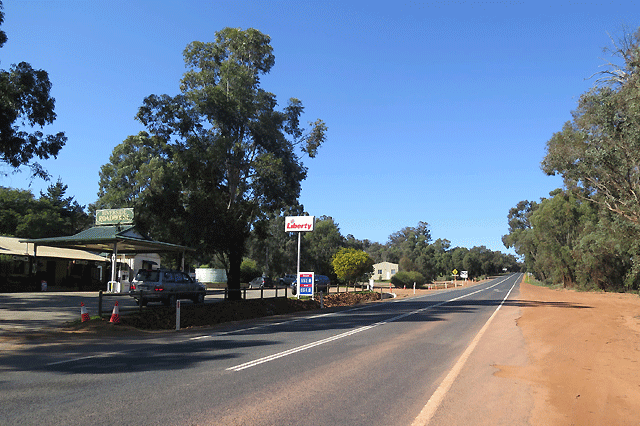
4.5 hours south of Perth, the drive itself threaded me through lush and rolling farmland, inviting wineries, characterful roadside inns and sleepy villages, steeped in colonial heritage. After enjoying a refresher in the sweet little pastoral town of Konjonup, laden with historic cottages, it wasn’t long for the wild beauty of Albany and the booming south coast, swept me up in its elemental embrace.
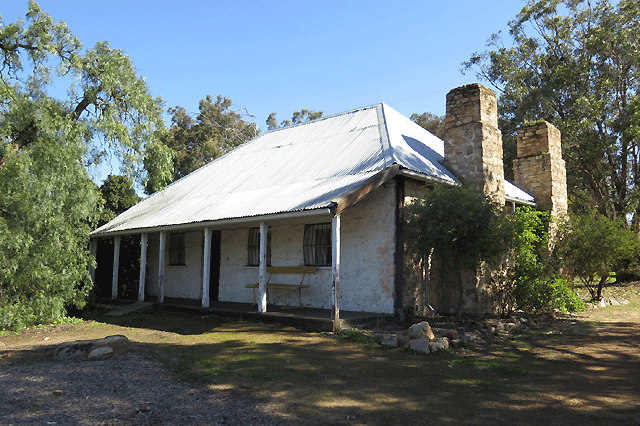
It’s an epic setting with an equally epic legacy. Bounded by the Southern Ocean, the picturesque Stirling Range and the Great Southern hinterland, Albany’s rugged granite coastline and snow-white beaches pulled at my heart-strings. But it’s the potent Anzac legacy that had wooed me to Albany and commanded my initial attention. It’s where the Anzac story arguably begins.
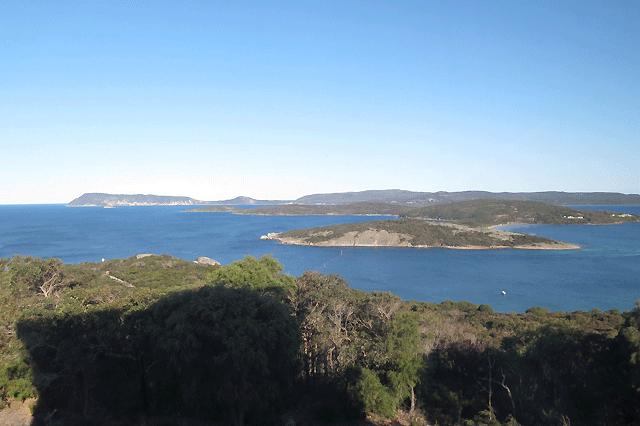
I headed up Forts Road on Mount Clarence, studded with a feast of Anzac history. Parking up the car, the soul-rinsing views of King George Sound and Princess Royal Harbour are spell-binding. It was from these vivid blue waters that the First and Second Convoys of Australian and New Zealand troops – and their horses, set sail for the Great War. For thousands of them, it would be their last glimpse of Australasia, as they ventured out into the Indian Ocean, bound for the Middle East and Europe.
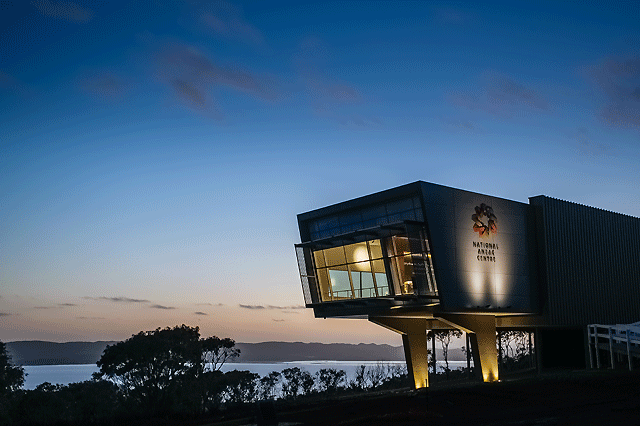
To gain a tangible understanding of Albany’s monumental role as a staging post for the Anzacs, I first headed to the National Anzac Centre, perched above King George Sound. This stirring museum has fast cultivated a solid reputation as a powerful cultural pilgrimage. A pilgrimage to bookend the battlefields of Gallipoli and the Western Front. Open less than four years, it’s already been a back-to-back winner of the Australian Museum of the Year.
Opened by the Prime Ministers of Australia and New Zealand on 1 November 2014, the date marked the centenary of the Anzac convoy’s first departure for war. 29,000 troops and 7000 horses set sail on that day from Albany, followed by a further 12,00 troops in the Second Convoy on Dec 31, 2014.
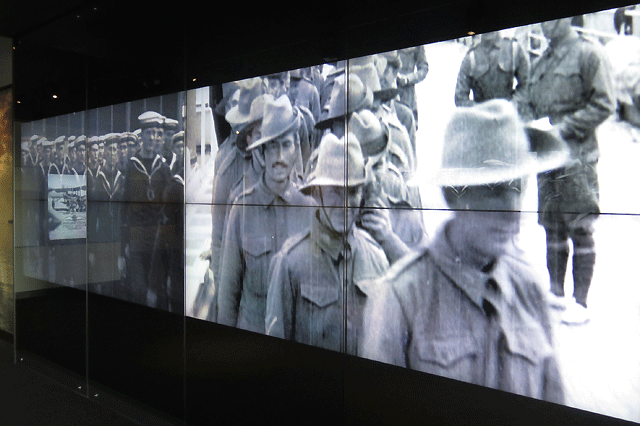
This small but perfectly formed museum has deployed the latest interactive multimedia technology, overlaid with historical artefacts to honour the past and pay tribute to those who served. But for all of the whiz-bang wizardry, it’s a museum packed with pathos and the personal touch. As a Christchurch boy, my heart swelled to see a photo of Cathedral Square thronging with locals celebrating Armistice Day in 1918. The key phases and harrowing events of the First World War are vividly brought to life through the stories of the Anzacs themselves.
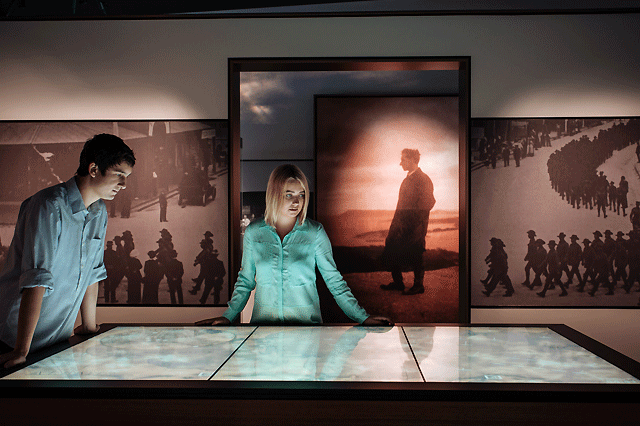
As you enter the centre, a giant video screen showcases video footage on loop of Anzac soldiers on a march past. The rhythmic beat of their pounding boots reverberates evocatively. The receptionist asked me to select a card. Dozens of troops have had their life stories immortalised at the centre.
You choose a card which depicts a soldier or a nurse and you can follow their personal story step-by-step, as you walk through the centre, tapping the card on an interpretation screen, at various points. The character cards include servicemen and women, as well as a German soldier and a Turkish soldier. My card displayed a photo of Private Robert Hamilton, from the Australian Imperial Force 9th Battalion. I followed his personal story from recruitment, through training and embarkation, ship life, and in battle.
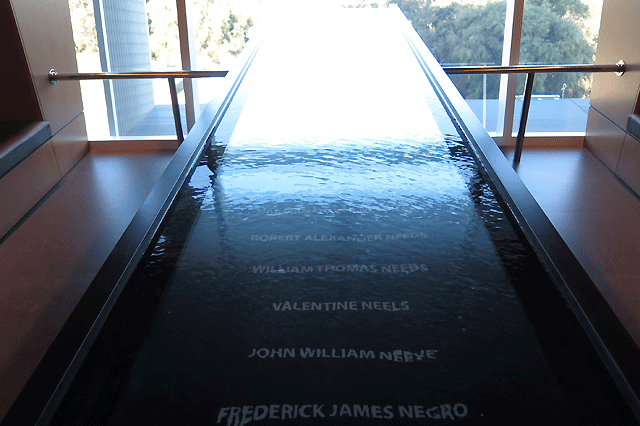
For those who returned, you will also learn about their post war life. And that’s the gruelling climax. As you are drawn deeper into your character card’s personal narrative, your sense of anxiety and fear about their subsequent fate steadily grows. I was fascinated to learn that the character on my card, Private Hamilton, was believed to be the first ANZAC ashore on the beaches at Gallipoli.
A palpable rush of relief washed over me when I learned that he survived the war and made it home to his family in Queensland. But shockingly, I then learned that he was tragically killed in a farm machinery accident, several years later. The supremely sad and unexpected post-script rocked me. It’s a rollercoaster of raw emotion. Thoughtfully conceived and crafted, there are all manner of deft touches throughout the centre.
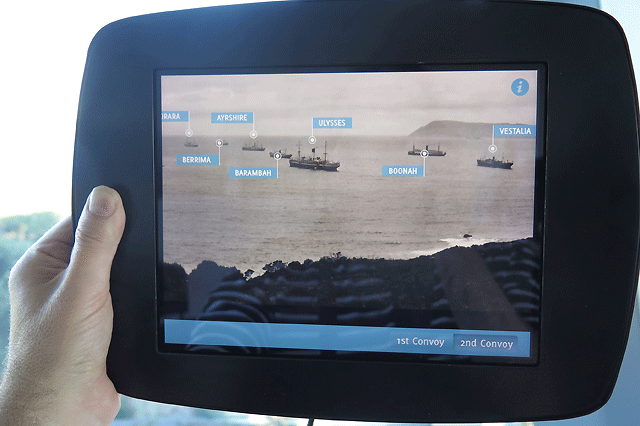
Virtual reality devices allow you to see the troopships positioned out the window in King George Sound, as they steam out to the Indian Ocean. I absolutely adored the infinity waterfall, where the scrolling names of all 41,265 Anzac troops who departed from Albany “float” on the water, as it gently cascades towards King George Sound, before disappearing out on the horizon.
After such a powerfully evocative museum encounter, I enjoyed a tasty lunch at the adjacent Garrison Restaurant & Bar, which is deservedly showered with accolades for its fresh local produce, artfully executed into inventive and flavourful fare. The share plates menu is a winner. www.garrison.net.au
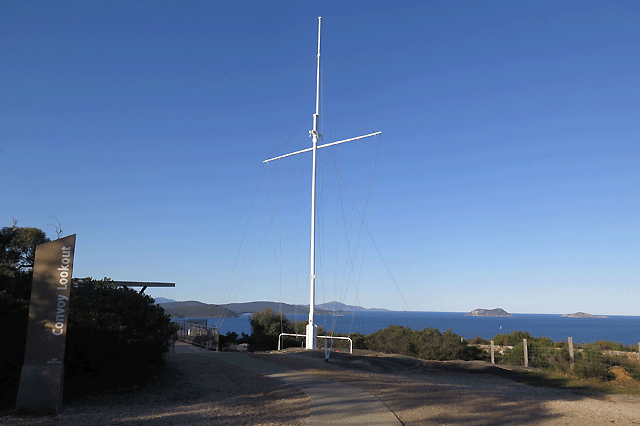
Freshly fortified, from the car park I then sauntered up to the top of Mount Adelaide to the Convoy Lookout. The easy ten minute amble leads you past some old military buildings and barracks, plus the transport ships of the First and Second Convoys are graphically listed on trackside panels. Of the 38 troopships, ten vessels carried the New Zealand Expeditionary Force, including the Hororata, Marere, Maunganui, Orari and Athenic.
The panoramic views from the lookout are celestial, sweeping from the ivory sands of Middleton Beach, across King George Sound, Princess Royal Harbour and Ataturk Channel. The latter was named in honour of Turkey’s modern founder, in exchange for his government agreeing to rename the beaches at Gallipoli where our troops landed, Anzac Cove.
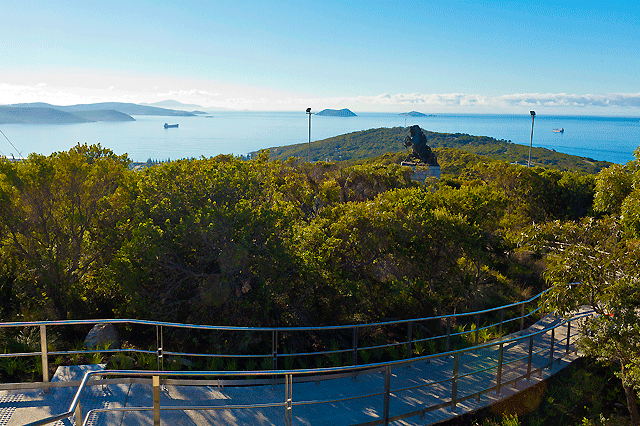
I also headed up Apex Drive to the Padre White Lookout, also on top of Mt Clarence, which is dedicated to the Albany priest who introduced the dawn service tradition to Western Australia. He served as an army chaplain at Gallipoli and in 1930, at dawn on the 25 April, he led parishioners from St John’s Church to the summit of Mount Clarence, for a remembrance ceremony.
The site of the first dawn service was also the very lofty spot where locals previously gathered to watch the departing convoys in 1914. A new steel walkway structure makes navigation around the summit easy, while the striking Desert Mounted Corps Memorial also adjoins the walkway.
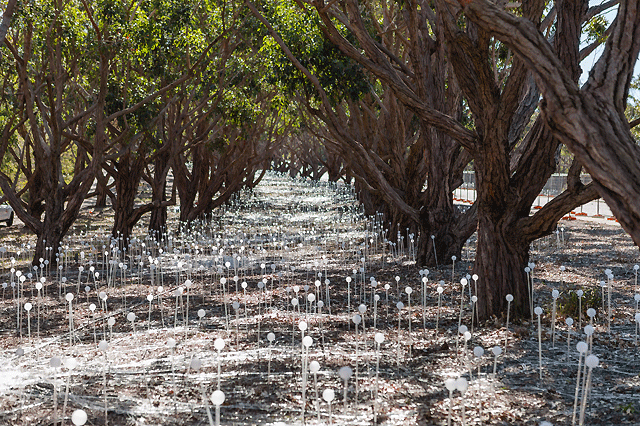
Between October and Anzac Day 2019, the Anzac spirit will burn even brighter in Albany, as it stages the Field of Light: Avenue of Honour. This immersive art installation by Bruce Munro pays homage to the Anzacs with 16,000 shining spheres at Mt Clarence marking the last sight of Australasia, for 41,000 troops who departed Albany in 1914.
The internationally renowned UK artist’s ephemeral landscape installation references Australia’s wattle and New Zealand’s kowhai, with thousands of lights shining white, yellow and gold. Bruce Munro wowed the crowds with his lighting installation at Uluru. The Avenue of Honour in Albany is destined to be equally if not more triumphant. We remember them. www.fieldoflightalbany.com.au
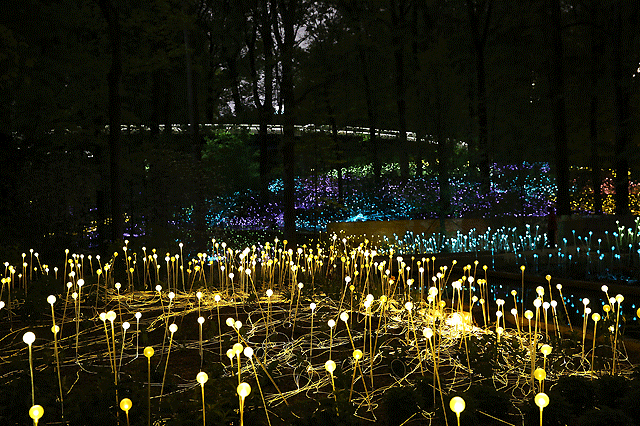
Albany is unquestionably enjoying its time in the spotlight, and as I explored the charming town on foot, there’s a pervasive sense of revitalisation. Beautiful Stirling Terrace has been given a face-lift, its trove of historic architecture sporting movie-set good looks.
Even the bells of the venerable town hall clock tower have been given a fresh lease on life – crafted by the same makers of London’s Big Ben. Down on the waterfront, Anzac Peace Park is a magnificently verdant space to reflect and relax, alongside the departure point of those troopships, the Pier of Remembrance.
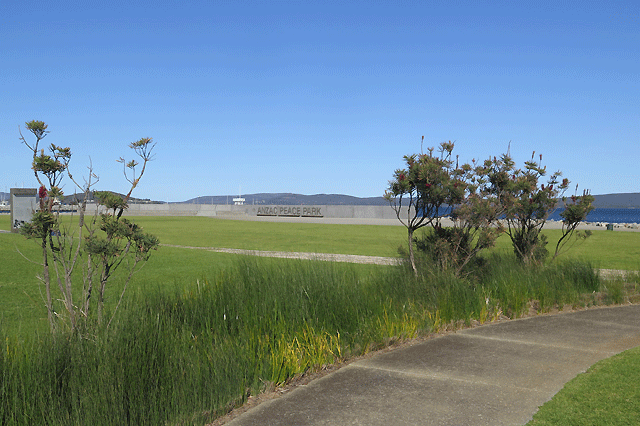
It’s easy to see why Albany is fondly nicknamed “the womb.” It briefly held the first convoy in its warm embrace, cradling troops and ships in safety, and it offered a final glimpse of Australasian soil to so many who served us all.
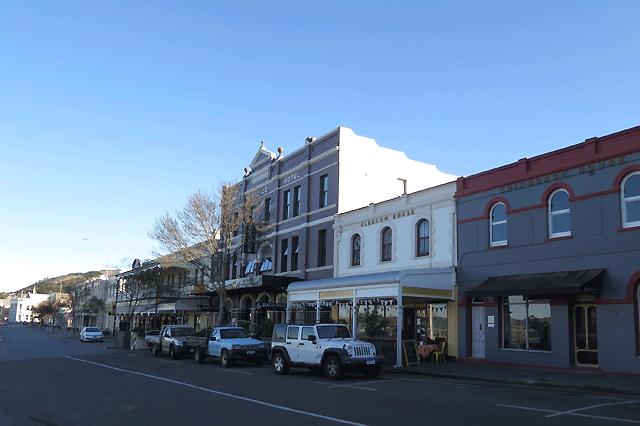
Where to stay? The Beach House at Bayside is an irresistible choice, where multiple award-winning 5 star hosted accommodation awaits. Warmly greeted by Sally and Craig Pullin, their sparkling, gracious and authentic brand of homely hospitality sets the benchmark. My luxuriously-appointed accommodation catered to every whim, from the cloud-comfortable bedding, en-suite spa bath and creature comforts aplenty, to the afternoon tea delivered to your room, evening port and chocolates, and succulent gourmet breakfast.
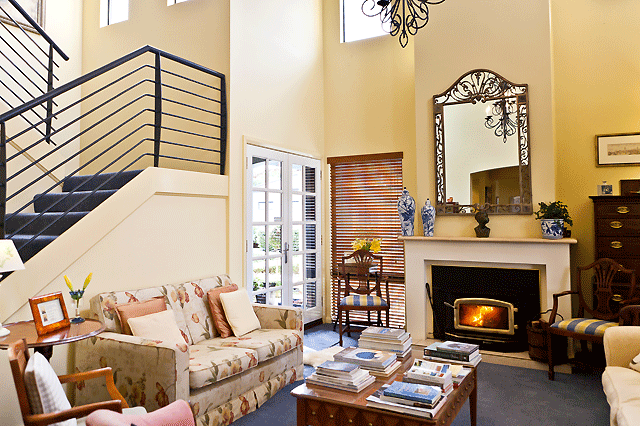
Add to that the complimentary mini bar, free local and interstate phone calls, bike hire, gold club hire, plus Craig’s delectable array of baked sweets and cakes. The trimmings spill forth. Sally and Craig offer a wide range of packages and specials, including a Field of Light seasonal deal. Don’t even think about staying anywhere else. www.thebeachhouseatbayside.com.au
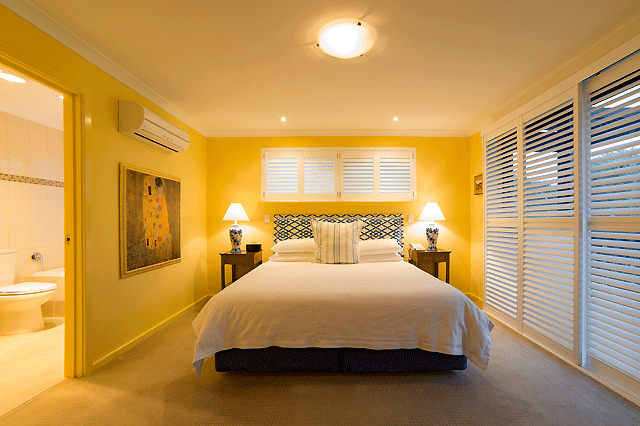
Air New Zealand offers year-round direct services from Auckland to Perth, and non-stop flights from Christchurch with its seasonal summer service between December and April. Go West in style and comfort. A variety of inflight product choices are available including; Seat, Seat+Bag, The Works, as well as Premium Economy and Business Premier. Connections are available ex all Air New Zealand serviced domestic airports. Bag a seat to suit at www.airnewzealand.co.nz


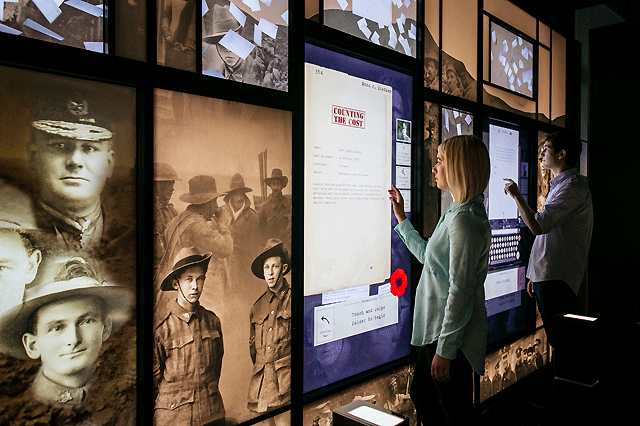

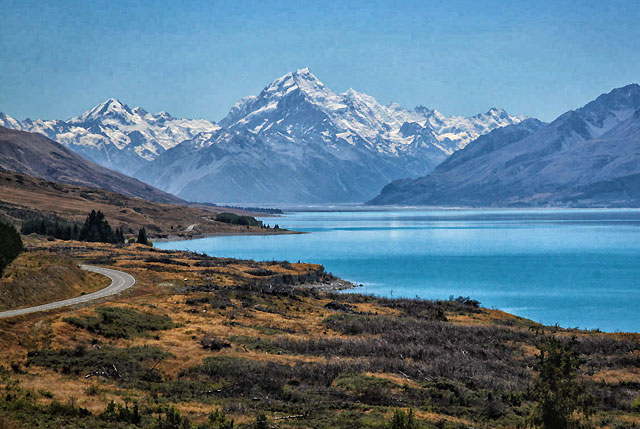
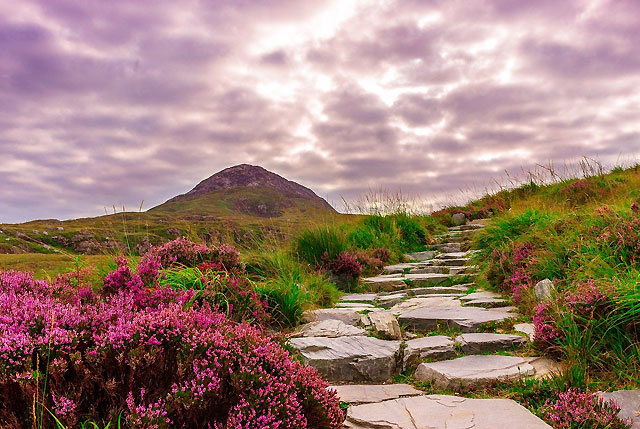

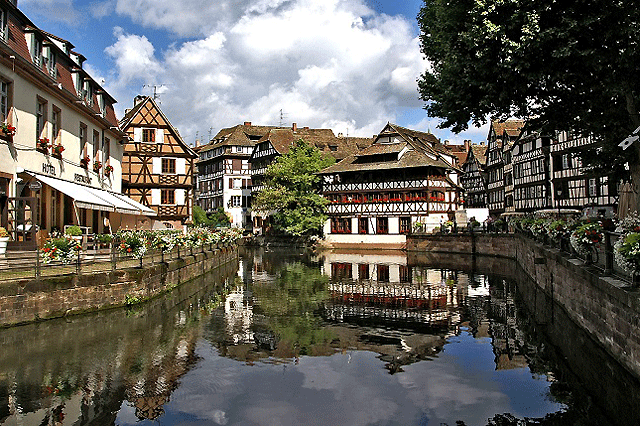
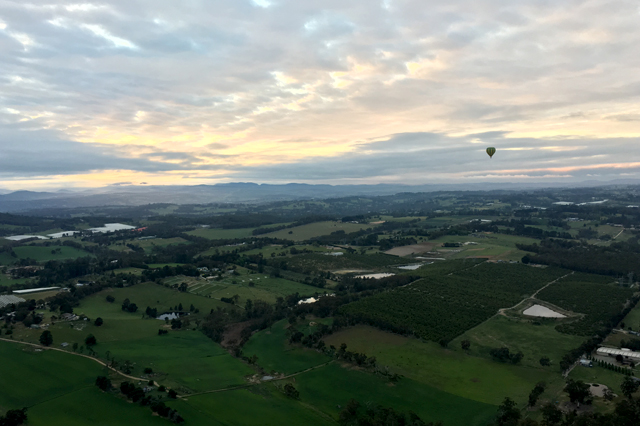
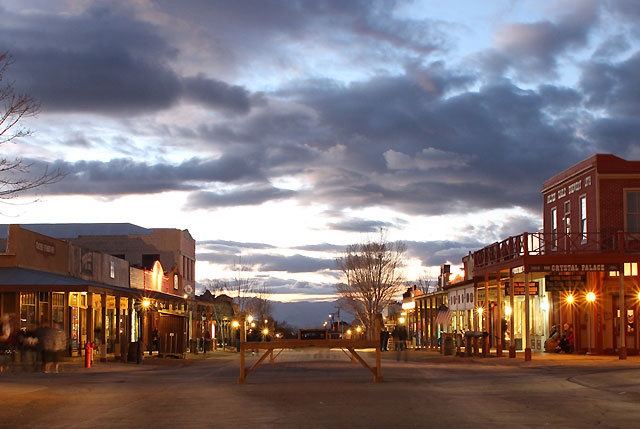
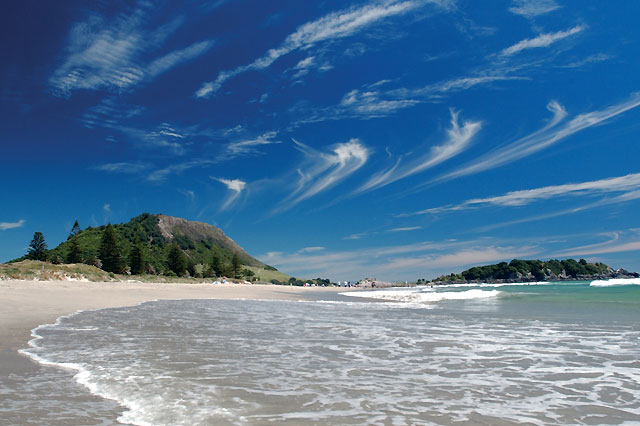
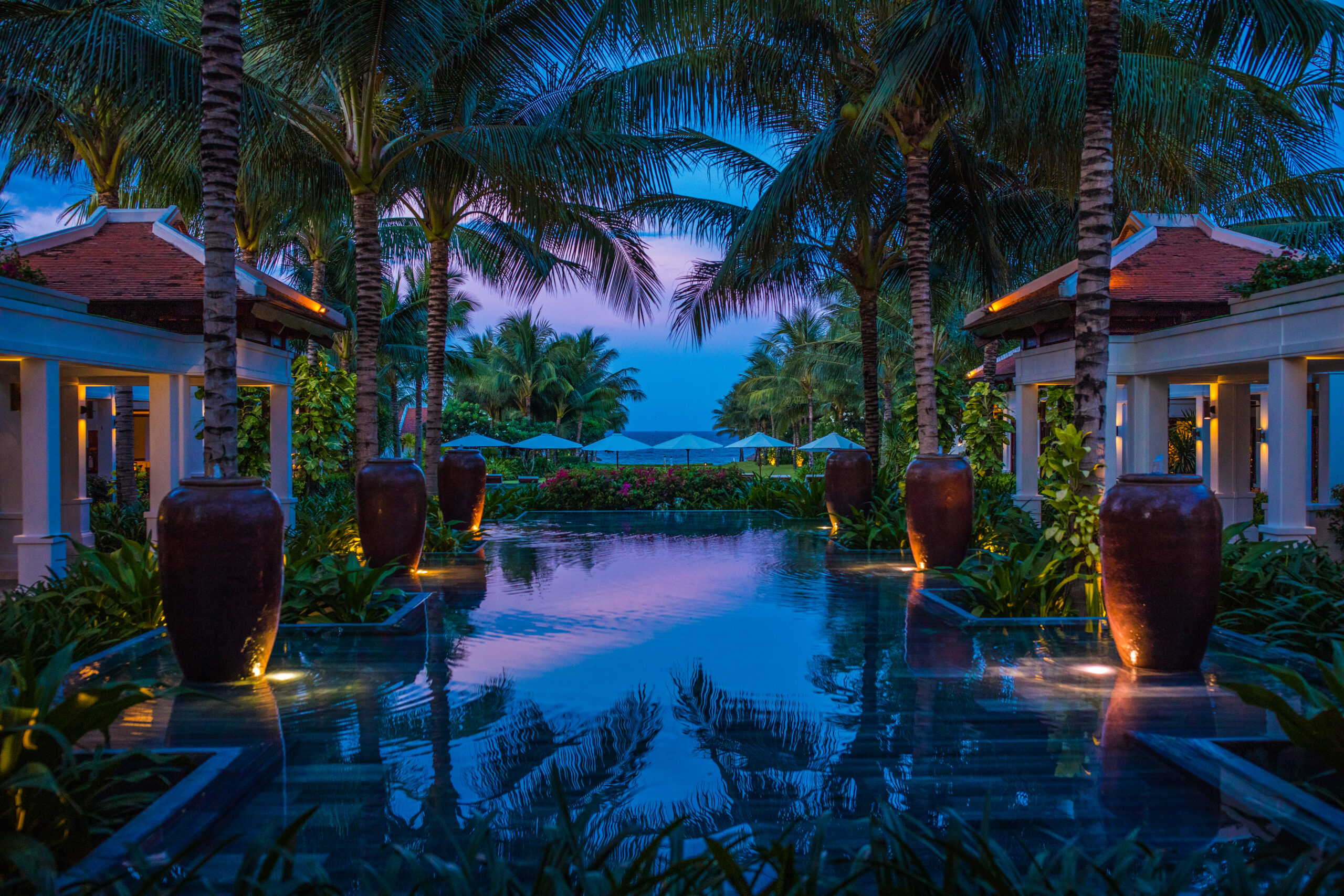
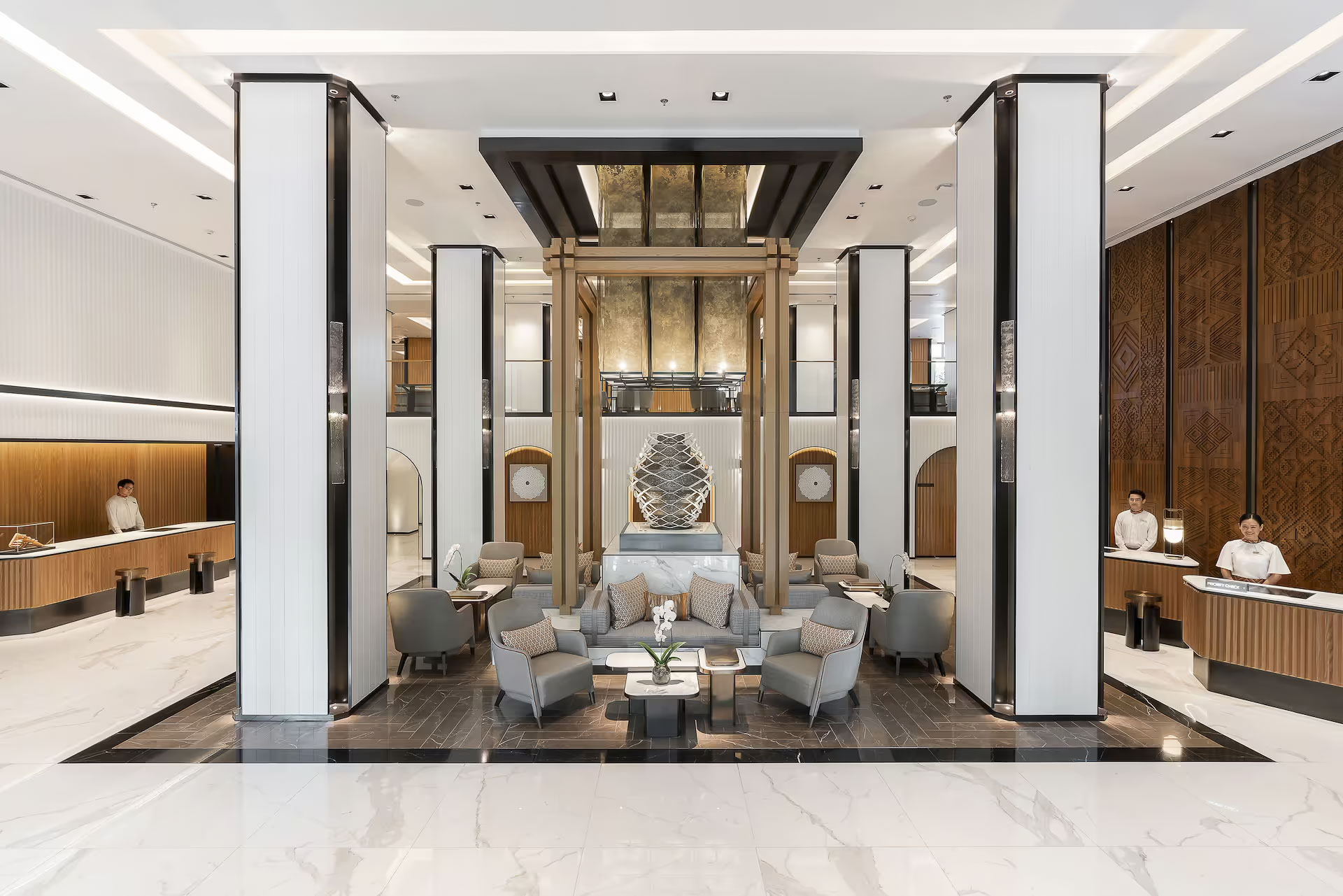
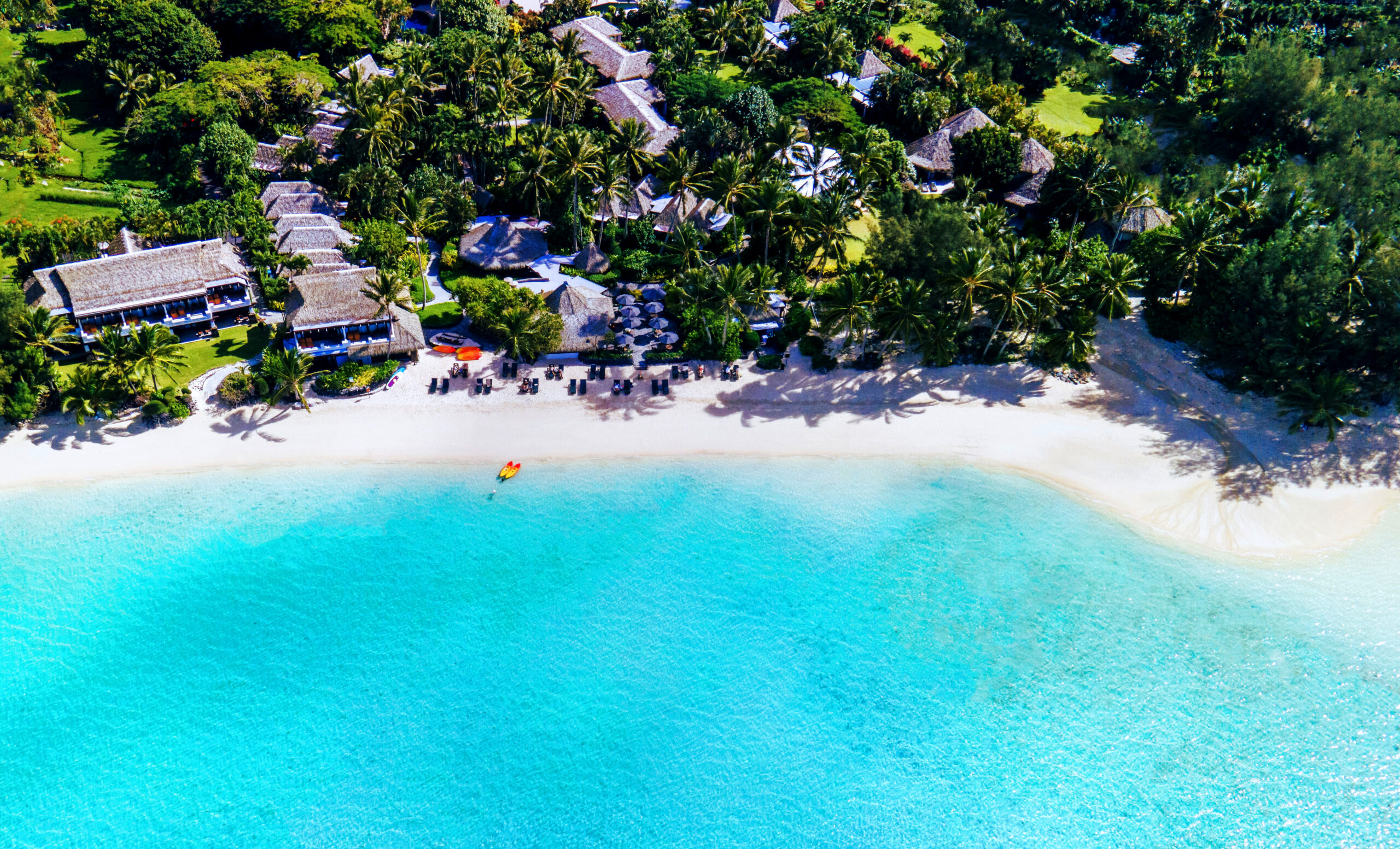
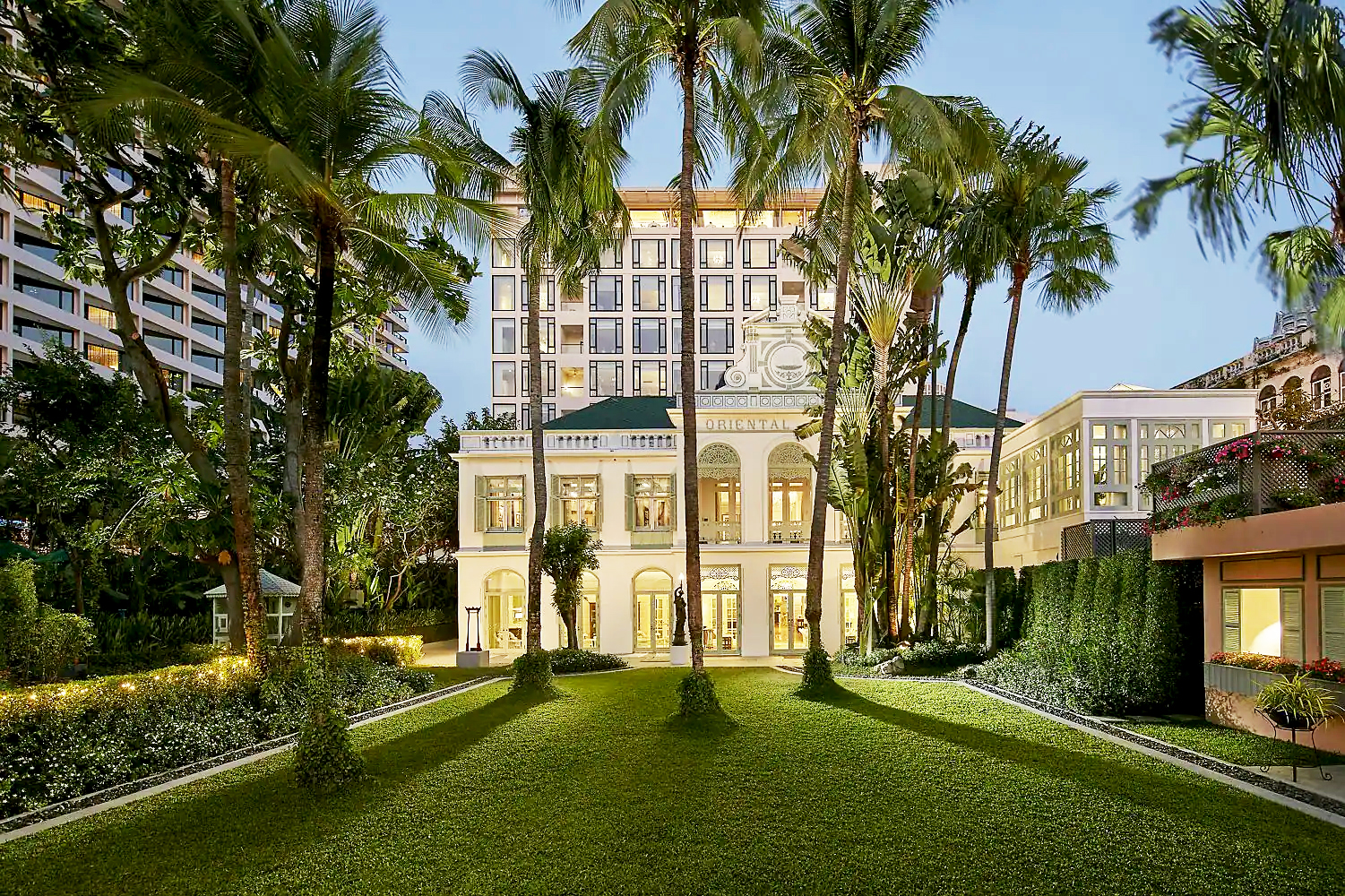
Recent Comments